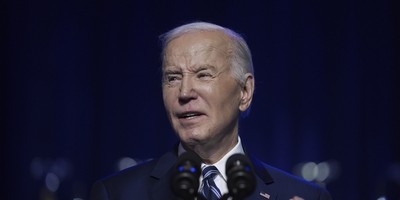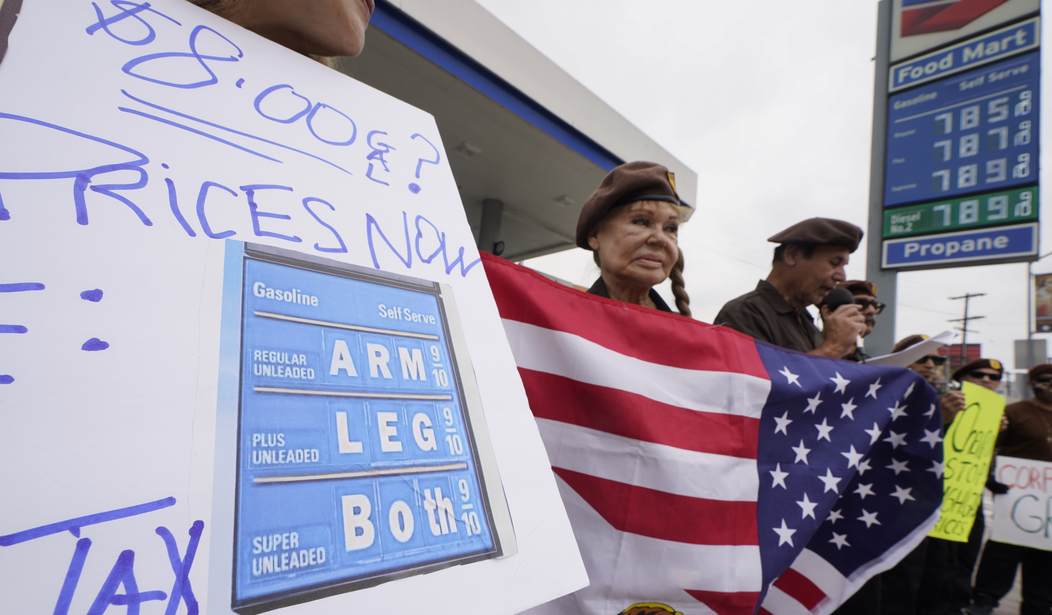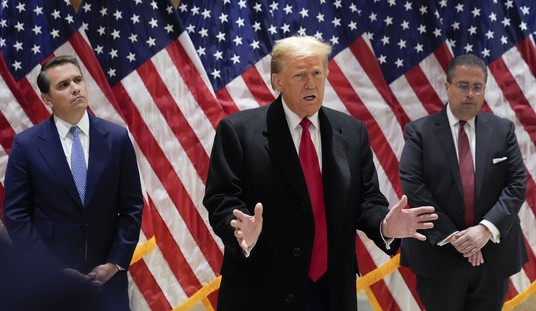Inflation has soared to a 40-year high, reaching 8.6 percent last month. While economists and government officials have given numerous reasons for this, there is an easy-to-understand explanation. Once the reasons are understood, we can see why it occurred, who is to blame and how to fix it.
Inflation simply means that prices are rising. There is only one reason for that: total demand in the economy is greater than total supply. Why is that occurring today?
Let’s first make some basic assumptions. Both business and consumers are motivated primarily by self-interest. Business’ self-interest is to maximize profit. As such, they would generally like to charge as high of a price as possible.
Consumers are similarly motivated to purchase products at the lowest price possible. Given most consumers have a fixed amount they can spend on goods and services, they generally try to purchase products at the lowest possible price. The lower the price, the more goods and services they can purchase.
Eventually business’ willingness to supply interacts with consumers’ willingness to purchase and we get a market equilibrium price.
As an example, let’s say the price of a gallon of gas is $4. At that price, business finds they can profitably produce 100 gallons. At the price of $4 per gallon, consumers find it is in their best interest to purchase 100 gallons. The market is in balance.
What would cause the price to rise to $5 per gallon?
The price would rise for two reasons. Either business finds it can no longer profitably produce 100 gallons to sell for $4 each or consumers find they want to purchase more than 100 gallons. In other words, demand is greater than supply, so the price rises. And that’s exactly why gasoline is priced above $5 per gallon today.
Recommended
The supply of gasoline has been reduced, mainly because the Biden administration has taken action to reduce the supply. In the immediate time period, they canceled the leases to drill on federal lands, canceled leases to drill in ANWR and other areas in Alaska, and increased the cost of the permitting process.
In the longer term, Biden canceled the Keystone XL pipeline and convinced banks that lending to the petroleum industry is not a good idea because the industry will be gone in the future. Those actions lead to the US currently producing about 1.5 million fewer barrels of oil per day than when Biden entered office.
While Biden blames supply reduction on the boycott of Russian oil by the US and other western nations, China and India are purchasing much more Russian oil, so the total worldwide supply has not been significantly reduced.
At the same time demand for gasoline in the US has increased. That’s because Americans want to start driving again after the COVID lockdowns and consumers have enough money to afford the higher prices, mostly because the federal government has given out free money. In the last two years, the average family of four has received more than $11,000 in free money, whether they were negatively impacted financially by the virus or not.
Higher demand and lower supply mean higher prices.
The overall inflation rate is similarly impacted. On the supply side, higher energy prices and higher wage rates coupled with negative productivity have increased the cost of production for business As a result, they are no longer willing to produce the same quantities at current market prices. That reduction in their ability to supply has pushed prices up.
At the same time, there is excess demand in the economy. The federal government has spent nearly $6 trillion more than it received in revenue in the past two years. That excess demand has pulled prices up.
Also, the shockingly irresponsible monetary policy of the Federal Reserve has vastly increased the money supply and has kept interest rates near zero. That creates huge amounts of excess demand.
The way to reduce inflation is obvious. Reduce excess demand by dramatically reducing government spending. This year, the Biden administration will spend another $1.4 trillion more than it received in tax revenue. Also, the Federal Reserve must aggressively raise interest rates and slow the rate of growth in the money supply.
To increase the total supply Biden must reverse his energy policy to truly encourage more production. He must also stop paying people to not work. The economy today is producing at a greater rate than before the pandemic, yet there are nearly 1 million fewer workers employed.
The causes of inflation are easy to see and the way to fix the problem is also easy to see. If only the politicians would look at the economic solutions rather than looking at social, political solutions or climate change issues.

























Join the conversation as a VIP Member